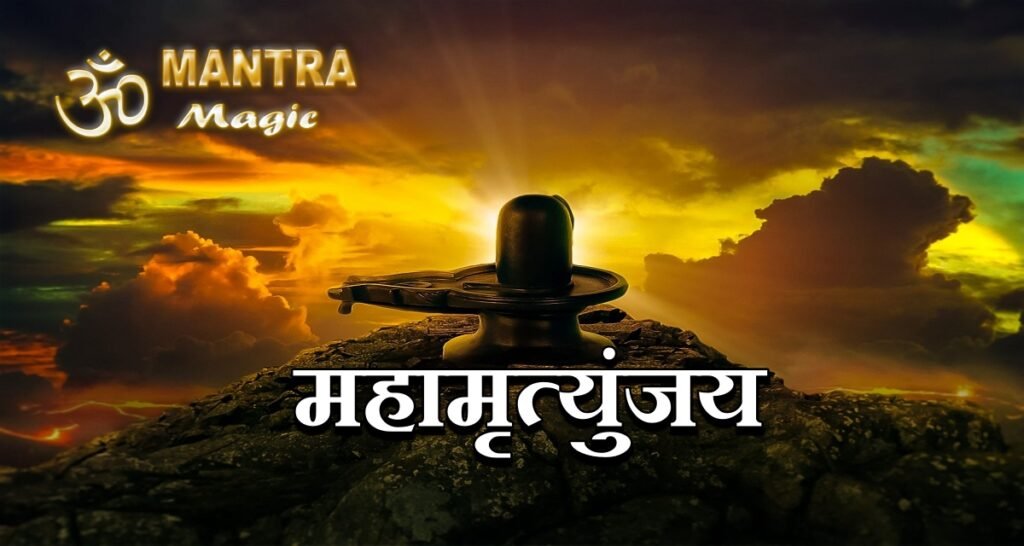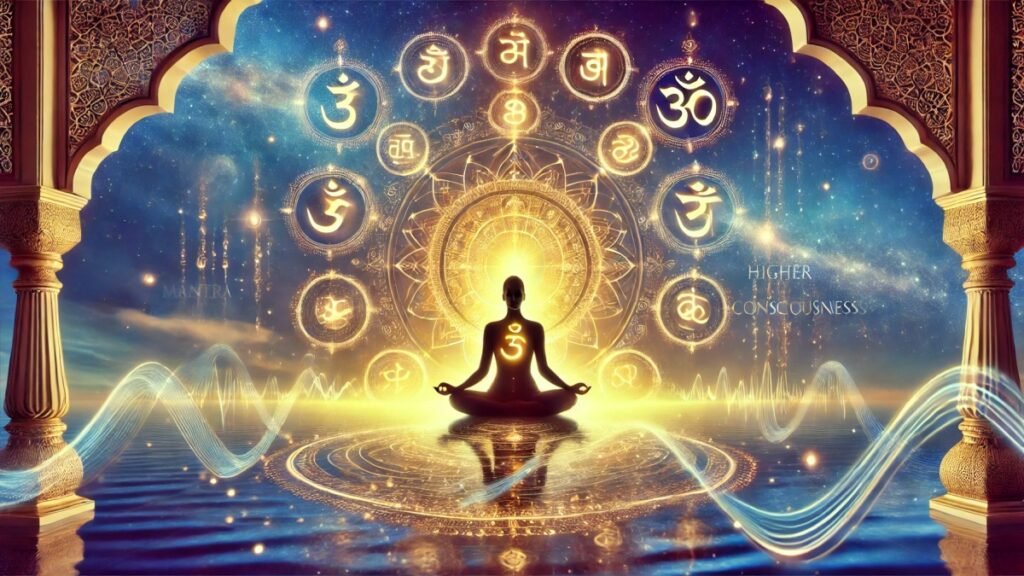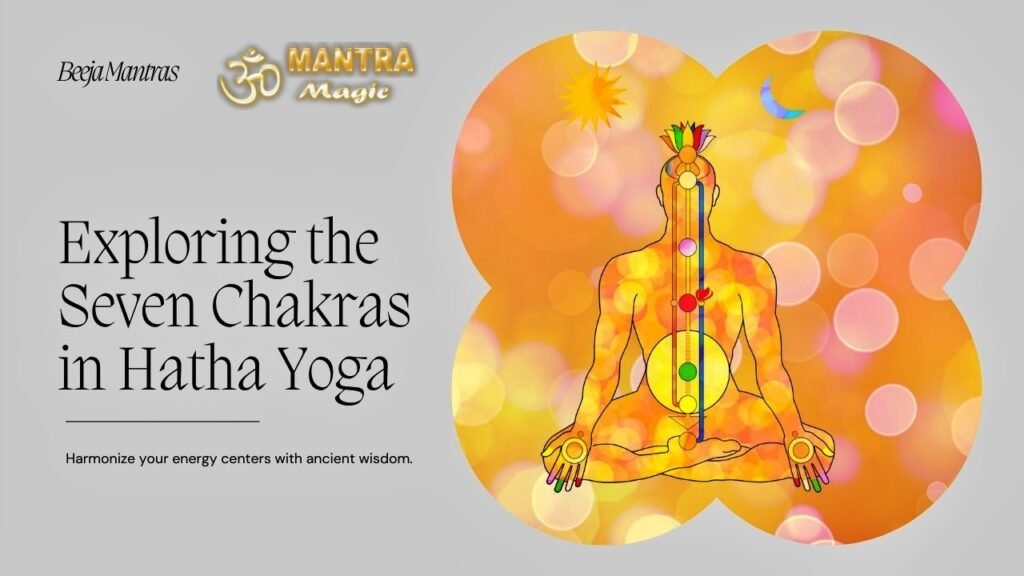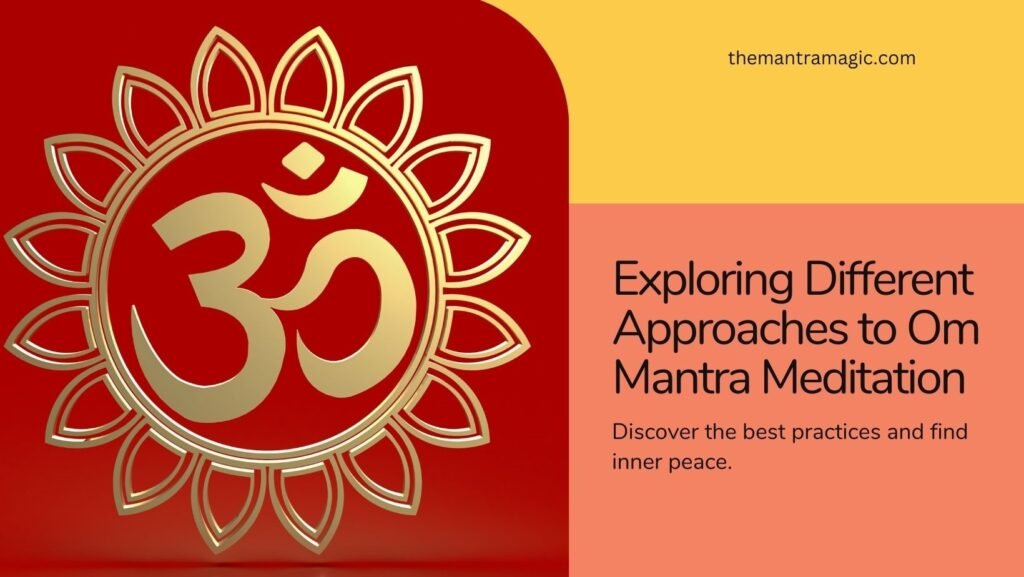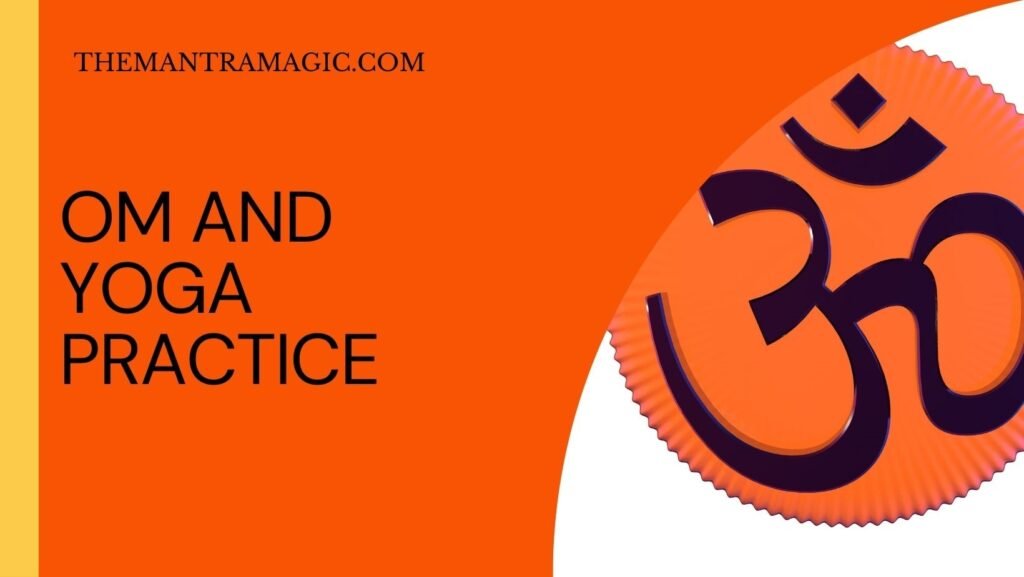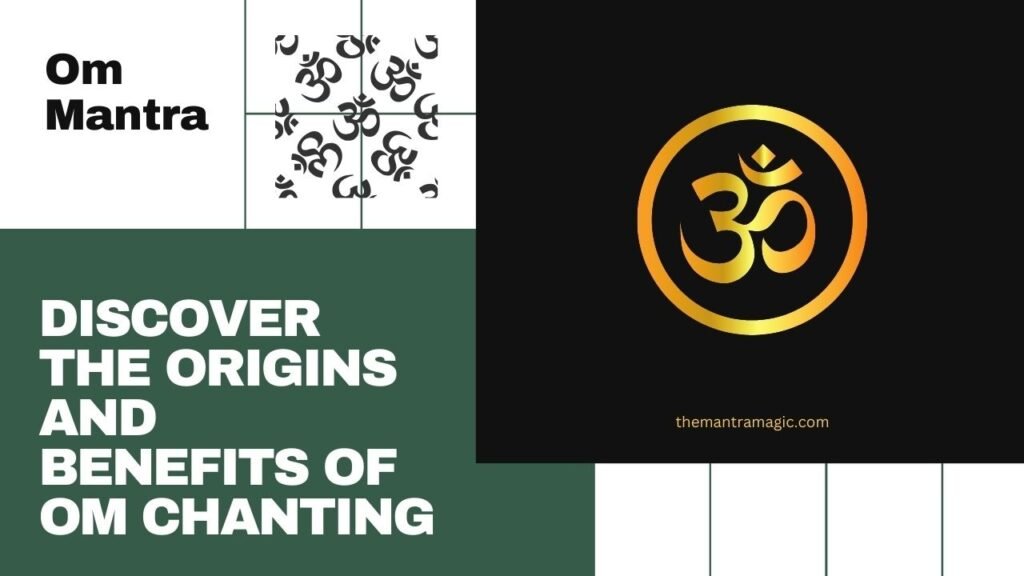The great mantra dedicated to Shiva as Mrityunjaya is found in the Rig Veda (Mandala VII, Hymn 59). The hymn in which it is found begins with eleven stanzas honoring the forces of nature (the maruts) said to be the children of Rudra/Shiva. The maruts control the energies of storms, winds, cyclones, and clouds (and thus the nurturing light of the sky). They possess destructive energy, but they are also the protectors of the household. When they act in harmony, they create an environment of peace and prosperity. The verse also recurs in the Yajurveda (TS 1.8.6.i; VS 3.60)
This Mantra is called the Maha Mrityunjaya mantra, the Great Death-Conquering mantra. It is a mantra that has many names and forms. It is called the Rudra mantra, referring to the furious aspect of Shiva; the Tryambakam mantra, alluding to Shiva’s three eyes; and it is sometimes known as the Mrita-Sanjivini mantra because it is a component of the “life-restoring” practice given to the primordial sage Shukra after he had completed an exhausting period of austerity. The Maha Mrityunjaya mantra is hailed by the sages as the heart of the Vedas. Along with the Gayatri mantra it holds the highest place among the many mantras used for contemplation and meditation.
The Sanskrit text of the mantra reads:
ॐ त्र्य॑म्बकं यजामहे सु॒गन्धिं॑ पुष्टि॒वर्ध॑नम् ।
उ॒र्वा॒रु॒कमि॑व॒ बन्ध॑नान् मृ॒त्योर्मु॑क्षीय॒ माऽमृता॑॑त् ।।
OM. Tryambakam yajamahe Sugandhim pushti-vardhanam Urvarukamiva bandhanan Mrityor mukshiya mamritat
The mantra is divided into four lines, each containing eight syllables. Translations vary considerably. A bit of research, however (try looking the mantra up on the Web, for example), will make it clear that no single translation can ever do justice to all its levels of meaning. The multi-leveled nature of Sanskrit words makes this impossible.
But differences in translation also reflect the fact that the sounds of the mantra are more important to practitioners than its exact translation. Like music, the resonance of these sounds attracts the mind and leads it to an inner experience. The literal meaning of the mantra is secondary.
But even so, it is important to understand the mantra in order to develop faith in it. The individual words of the mantra convey its nourishing quality, and, even in English, they are life-sustaining. They fill us with the sense that a great force of goodness is at work within us, supporting our growth, lifting us up during times of trouble, and helping us recall, even in the midst of our busy lives, the higher aim of life itself.
Mahamrityunjaya Mantra has 33 letters. According to Maharishi Vashistha these characters are the declarators of 33 deities. Among these thirty-three deities are 8 Vasu 11 Rudra and 12 Adityath 1 Prajapati 1 Shatkar. The entire powers of these thirty-three deities are enshrined by the Mahamrityunjaya Mantra. This is the reason that a person reciting Maha Mahamrityunjaya attains longevity. Also, he is also rich in neurosis, divine person. The person reciting Mahamrityunjaya is happy and prosperous in every respect. Lord Shiva’s nectar grace continues to rain on that continuously. It is believed that every letter of the Mahamrityunjaya mantra is powerful and miraculous in itself. Let us know what is the meaning of these 33 letters…
• Tri – Dhravavasu is the proverb of Prana which is located in the head.
• Yama – Adhvarasu is the proverb of Prana, which is situated in the mouth.
• B – Som Vasu is the proclamation of Shakti, which is located in lower part of ear.
• Kama – Water is the manifestation of Vasu Devta, which is located in left ear.
• Y – Vayu is the epicenter of Vasu, which is located in the lower arm.
• Ja- Agni is the cowherd of Vasu, which is located in left hand.
• M – Pratyusha is the proclamation of Vasu Shakti, which is situated in the middle of the s arm.
• Hey – Prayas is located in Vasu located at Manibandhat or wrist.
• Su-Veerabhadra Rudra is a sign of life. The South is located at the tip of the finger of the hand.
• C-Shumbh is the proclamation of Rudra is located in the forefront of the south-facing finger.
• Nidhim-Girish is the cause of Rudra Shakti. Located at the origin of the left hand.
• Pu-Ajac Paat is the proclaimer of Rudra Shakti. It is located in the central part of the palm.
• Srishti – Ahurbudhyat is the proclamation of Rudra, It is located in the wrist of hand.
• V – Pinaki Rudra is the proclamation of life. The left hand finger is located in the root.
• Rādhā – Bhavnisvāpara is the proclamation of Rudra, It is located in the anterior part of the hand finger.
• Nam – Kapali represents Rudra. Uru is located at the root.
• U-Dikapati is the proclamation of Rudra. Yaksha is located in thigh.
• Rwa – Sthanu is the proclamation of Rudra which is located in the Yaksha.
• Ru – Bharg is the proclamation of Rudra, which is situated in the leg fingers origin.
• A – Dhata is the proclamation of Adityaa which is located in the front leg fingers.
• Mi – Aryama is the proclamation of Adityaad who is situated in Left Uru origin.
• V – Mitra is the proclamation of Adityaa who is located in left thigh.
• B – is a manifestation of Varunaditya which is located in the left gulfa.
• Ndha – Anshu is the proclamation of Adityad. is located in the root of leg fingar.
• Naat – is a sign of Bhagaditya. Located in the front of the fingers of the left foot.
• Mr – is the proclamation of Vivasvan (Surya) which is situated in the Daksh Parshal.
• Truth – is a sign of Dandadaditya. Located on the left side.
• Mu – is a sign of worship. Pejai is located in Anus.
• Kshi – Parjanya is the proclamation of Adityaya. The navel is located at the site.
• Y-Tvashnastan is a sign of Adityadha. Located in the cavity part.
• Maa – Vishnu is a proclamation of Adityaya. This Shakti form is located in both the arms.
• Mri – is the proclaimer of Prajapati who is located in the throat section.
• Tat – Amit is the vakatak of Vashtkar which is located in the Heart region.
The above-mentioned deities, Vasu Aditya, etc. are enthroned with their full powers at the places mentioned above. The body which recites the Mahamrityujaya mantra with devotion, its body parts (where the deity or Vasu or Adityapa) are protected.
The Neurophysiological and Psychological Effects of Vedic Mantras on Human Mind and Body
Dr.Ashutosh Upadhyay Vedic mantras, ancient sacred sounds dating back to at least 3000 BCE, have…
Mantras: Ancient Tools for Inner Transformation and Healing
Dr.Ashutosh Upadhyay Mantras are not mere strings of words or rhythmic sounds; they are profound…
Beeja Mantras and the Seven Chakras in Hatha Yoga
Dr. Ashutosh Upadhyay In Hatha Yoga, beeja mantras (“seed” mantras) are single-syllable sounds used to…
Meditation Techniques: Different Approaches to Om Mantra Meditation
Dr.Ashutosh Upadhyay Meditation, an ancient practice rooted in various cultural traditions, has gained immense popularity…
Om and Yoga Practice: Enhancing Your Spiritual Journey Through Sound
Dr. Ashutosh Upadhyay The practice of yoga is not just a series of physical postures;…
Historical Significance: The Origins of the Om Mantra in Ancient Texts
Dr. Ashutosh Upadhyay The Om mantra, a sacred syllable in the spiritual practices of Eastern…

